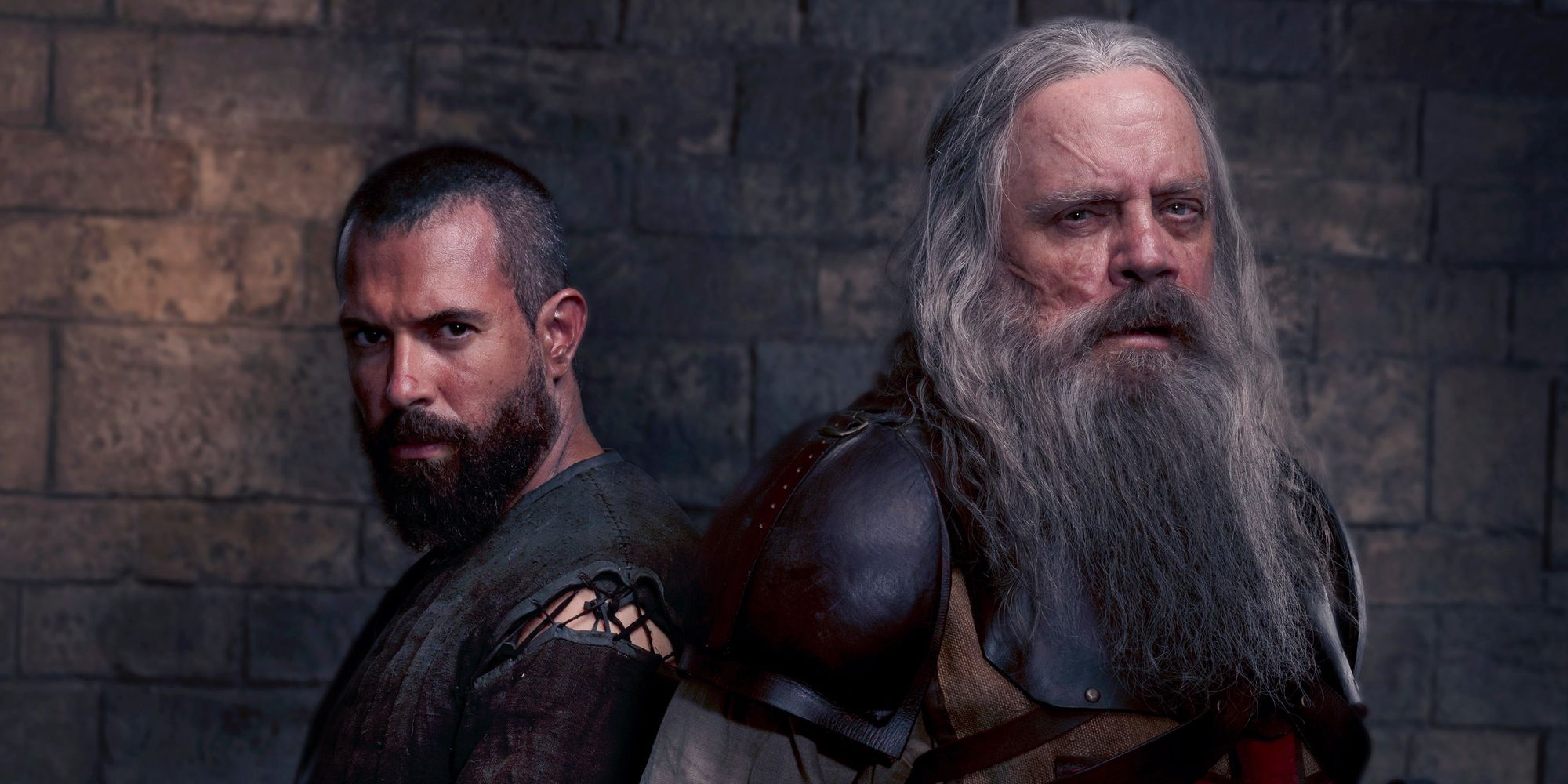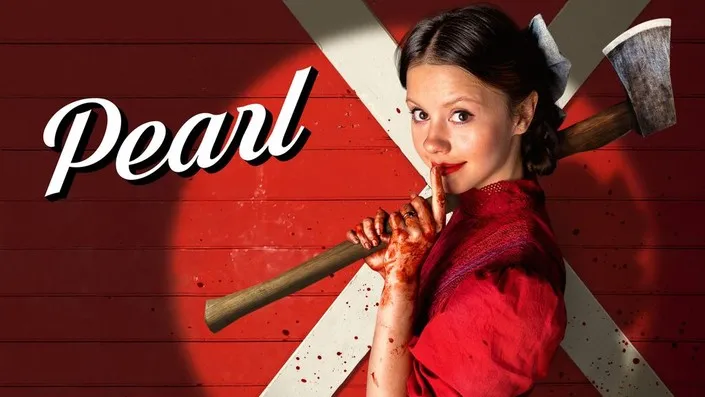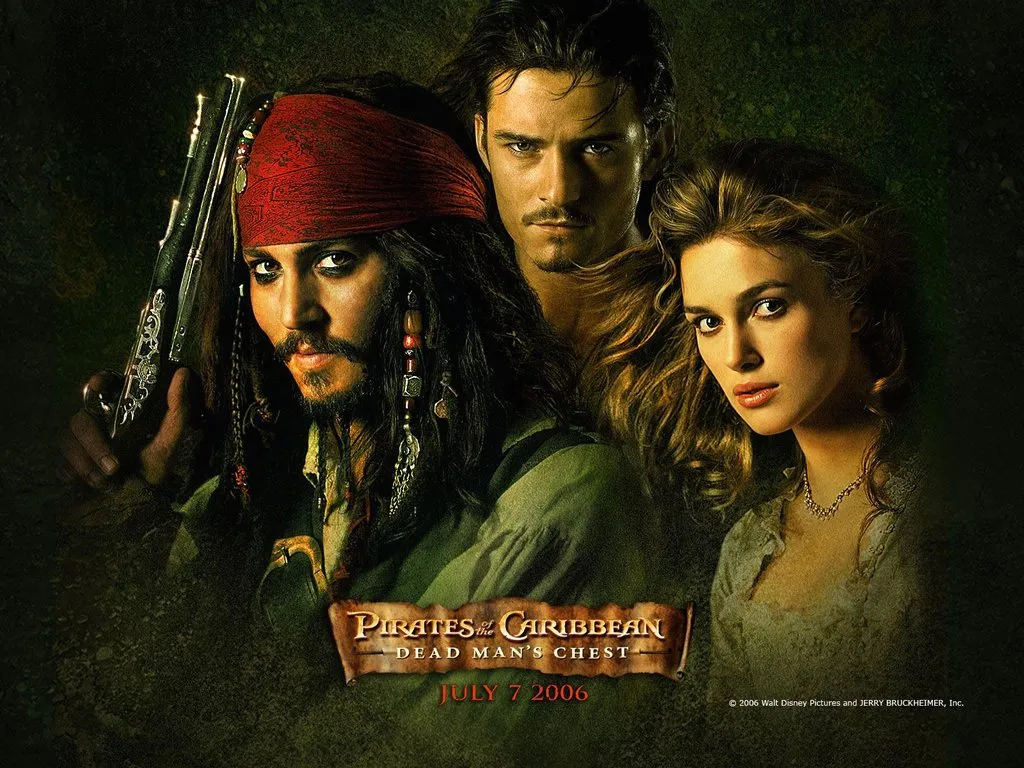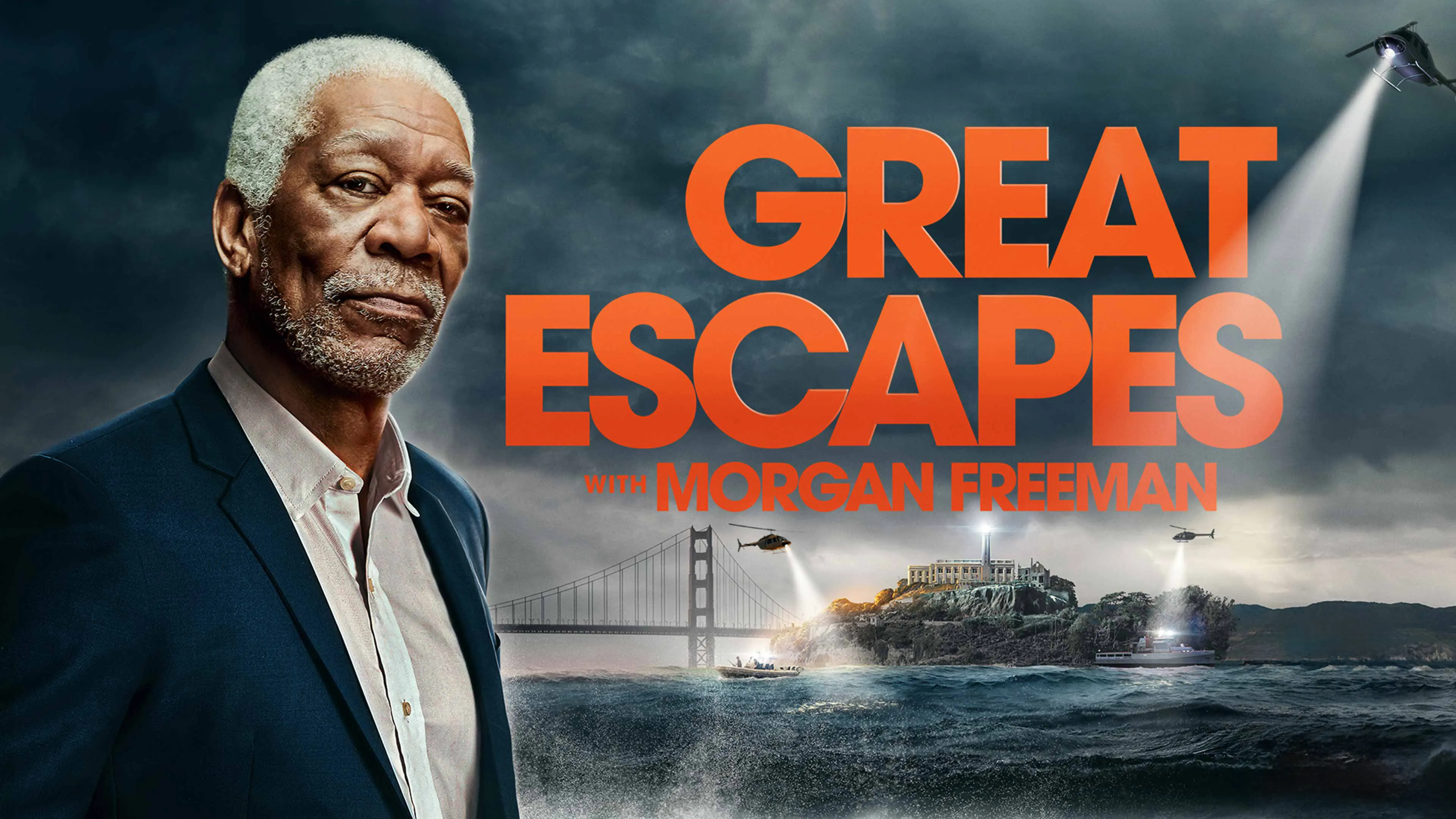“In the shadows of cathedrals and the glow of burning pyres, oaths are broken—and legends are born.”
Steel clashes beneath torchlight. Banners ripple like blood-soaked vows. And in the shadows of towering cathedrals, men kneel in prayer, wrestling demons both mortal and divine. “Knightfall” (2019), the riveting second season of the historical series, is not merely a tale of crusades and crowns—it’s a fevered dive into the soul of men sworn to God yet tempted by power, vengeance, and forbidden love.
The series thrusts us into the fraught final days of the Knights Templar, anchored by the troubled journey of Landry du Lauzon (Tom Cullen). Once a noble warrior fueled by faith, Landry now battles the fallout of his sins: a forbidden affair with Queen Joan, the loss of his brothers’ trust, and the wrath of the very Church he vowed to serve. His fall from grace is as brutal as any blade drawn on the battlefield.
![Watch] 'Knightfall' Season 2 Teaser: Mark Hamill Debuts As The Initiate Master](https://deadline.com/wp-content/uploads/2019/01/knightfall-season-2.jpg)
“Knightfall” crafts its world with a painterly hand. Medieval Paris rises from the screen: cobbled streets glisten with rain; stone walls seem to bleed under shifting torchlight. The Grand Temple stands as both fortress and prison—a monument to holy purpose and human corruption. Director David Petrarca lenses these spaces with cinematic gravity, framing corridors like crucifixes and battlefields like stained-glass windows shattered into chaos.
Yet it’s the quiet spaces where the series finds its fiercest drama. In stark candlelight, faces flicker between devotion and doubt. Landry’s eyes carry a storm of guilt, rage, and desperate faith. His moments of silent agony, punctuated by whispered prayers, ring louder than any clash of swords. Even the series’ enemies, like the ambitious Prince Louis or the cunning King Philip IV, pulse with inner conflict, refusing to become mere villains draped in regal cloaks.

The season’s narrative tempo is relentless. Betrayals fracture alliances. Blood consecrates the soil of France. The show dares to plunge into the moral grayness of history: Are the Templars holy warriors or power-hungry zealots? Is salvation worth the price of innocent lives? It’s a world where loyalty shifts like sand, and piety can become a mask for unspeakable cruelty.
Battle sequences erupt with visceral ferocity. Swords ring out in close-quarters combat, filmed with handheld urgency that plunges viewers into the fray. Yet these scenes are never gratuitous. Each drop of blood spilled carries the weight of political consequence and spiritual consequence alike. In “Knightfall,” warfare is not only fought with steel, but with secrets, confessions, and whispered betrayals in candlelit chambers.
Visually, the series intoxicates. Its palette burns with deep reds and tarnished golds, evoking medieval tapestries. Flames crackle against cold stone, casting long shadows where truth often hides. Costumes drape the Templars in iconic white cloaks stained by blood and mud—a stark reminder that purity is seldom untainted.

But the most enduring triumph of “Knightfall” is its human heartbeat. Beneath its chainmail and crests, it is a story of men torn between sacred vows and their own humanity. Landry’s journey becomes a mirror reflecting timeless questions: Is forgiveness possible after betrayal? Can a man of violence ever find peace?
As the season hurtles toward its savage finale, “Knightfall” grips like a vice. It leaves you contemplating the thin line between faith and fanaticism, loyalty and blind obedience. For all its swords and sieges, it’s the silent moments—the trembling hands clasped in prayer, the anguished glances across an altar—that linger in the soul.
“Knightfall” is not just history retold. It’s history resurrected, pulsing with blood, steel, and the restless search for absolution.



